| |
Date |
Event(s) |
| 1 | 1558 | - 17 Nov 1558—24 Mar 1603: Queen Elizabeth I's reign
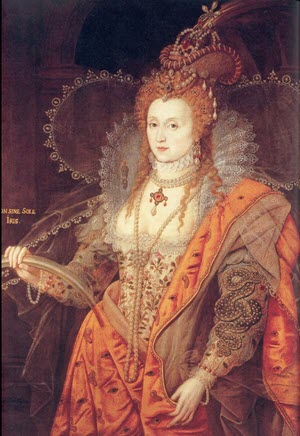
Elizabeth I was also known as The Virgin Queen, Gloriana or Good Queen Bess. She was the last of the five monarchs of the House of Tudor.
Elizabeth's reign became known as the Elizabethan era. The period is famous for the flourishing of English drama, led by playwrights such as William Shakespeare and Christopher Marlowe, and for the seafaring prowess of English adventurers such as Francis Drake. After the short reigns of her half-siblings, her 44 years on the throne provided welcome stability for the kingdom and helped forge a sense of national identity
|
| 2 | 1600 | - 1600: East India Company Founded
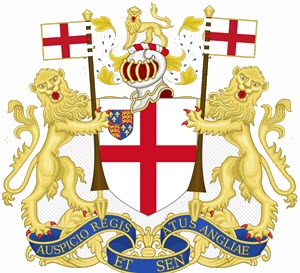
The East India Company (EIC) was the largest and most powerful company that the world has ever seen.
Modern comparisons don't even come close. Apple Inc, and Microsoft who jostle for #1 with a value of around $800 billion each, are both dwarfed by East India's comparative value of $7.91 trillion - at a time when the world population was only around 680 million, compared to 7.7 billion in 2018. The EIC generated ten times the revenue with only one tenth of the population!
|
| 3 | 1603 | - 24 Mar 1603—27 Mar 1625: King James I's reign
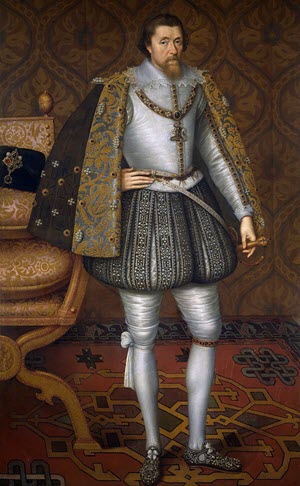
Elizabeth I was the last of Henry VIII's descendants, and James I was seen as her most likely heir through his great-grandmother Margaret Tudor, who was Henry VIII's oldest sister. From 1601, English politicians—notably her chief minister Sir Robert Cecil - maintained a secret correspondence with James to prepare in advance for a smooth succession. With the Queen clearly dying, Cecil sent James a draft proclamation of his accession to the English throne in March 1603. Elizabeth died in the early hours of 24 March, and James was proclaimed king in London later the same day.
On 5 April, James left Edinburgh for London, promising to return every three years (a promise that he did not keep), and progressed slowly southwards, arriving in the capital on 7 May, nine days after Elizabeth's funeral. His new subjects flocked to see him, relieved that the succession had triggered neither unrest nor invasion.
|
| 4 | 1605 | - 5 Nov 1605: Gunpowder Plot
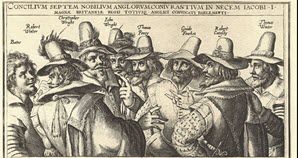
The Gunpowder Plot was a failed assassination attempt against King James I by a group of provincial English Catholics led by Robert Catesby.
The plan was to blow up the House of Lords during the State Opening of Parliament on 5 November , as the prelude to a popular revolt in the Midlands during which James's nine-year-old daughter, Elizabeth, was to be installed as the Catholic head of state. Catesby may have embarked on the scheme after hopes of securing greater religious tolerance under King James had faded, leaving many English Catholics disappointed. His fellow plotters were John and Christopher Wright, Robert and Thomas Wintour, Thomas Percy, Guy Fawkes, Robert Keyes, Thomas Bates, John Grant, Ambrose Rookwood, Sir Everard Digby and Francis Tresham. Fawkes, who had 10 years of military experience , was given charge of the explosives.
|
| 5 | 1607 | - 14 May 1607: Jamestown founded
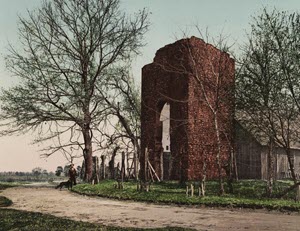
The Jamestown settlement in the Colony of Virginia was the first permanent English settlement in the Americas. It was located on the east bank of the Powhatan (James) River about 2.5 mi (4 km) southwest of the center of modern Williamsburg. William Kelso writes that Jamestown "is where the British Empire began".
It was established by the Virginia Company of London as "James Fort" on May 4, 1607 and was considered permanent after brief abandonment in 1610. It followed several failed attempts, including the Lost Colony of Roanoke, established in 1585 on Roanoke Island. Jamestown served as the capital of the colony of Virginia for 83 years, from 1616 until 1699.
|
| 6 | 1620 | - 1620: The Pilgrim Fathers set sail
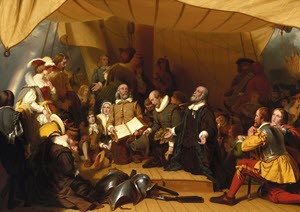
The Pilgrim Fathers set sail to the Americas on the Mayflower from Plymouth in Devon. Conventional wisdom is that the pilgrims fled England to escape religious persecution. The more realistic truth is that as a radical sect the pilgrims were unable to impose their views on the established church, and left voluntarily
- 1620: Plymouth Rock
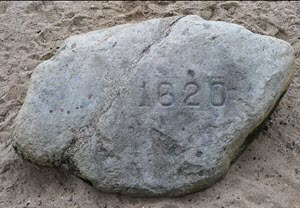
Plymouth Rock is the traditional disembarkation site of the Mayflower Pilgrims. More recently the idea has been questioned. Journalist Bill Bryson wrote, "The one thing the Pilgrims did not do was step ashore on Plymouth Rock," because the boulder would have made an impractical landing spot. Others have said the Pilgrims first disembarked from the Mayflower at Provincetown, Massachusetts
|
| 7 | 1625 | - 27 Mar 1625—30 Jan 1649: King Charles I's reign

Charles I was king of England, Scotland and Ireland, whose conflicts with parliament led to civil war and his eventual execution.
Charles's reign was plagued with tensions with parliament over money - made worse by the costs of war abroad. In addition, Charles favoured a High Anglican form of worship, and his wife was Catholic - both made many of his subjects suspicious, particularly the Puritans. In November 1641, tensions were raised even further with disagreements over who should command an army to suppress an uprising in Ireland. Charles attempted to have five members of parliament arrested and in August 1642, raised the royal standard at Nottingham. Civil war began.
The Royalists were defeated by the Scots and the formation of the New Model Army. Convinced that there would never be peace while the king lived, a rump of radical MPs, including Cromwell, put him on trial for treason. He was found guilty and executed on 30 January 1649 outside the Banqueting House on Whitehall, London.
|
| 8 | 1632 | - 1632: Sir Christopher Wren born

Sir Christopher Wren is best known for the design of St Paul's Cathedral, London. After the 1666 Great Fire of London destroyed most of the city, the king appointed him as one of the architectural commissioners to oversee the rebuilding of the city. Over the next 46 years, Wren designed and supervised the rebuilding of 51 city churches including his masterpiece, St. Paul’s Cathedral
|
| 9 | 1642 | - 22 Aug 1642—3 Sep 1651: English Civil War

The English Civil War (1642–1651) was a series of armed conflicts between Parliamentarians ("Roundheads") and Royalists ("Cavaliers") over the manner of England's governance. The first (1642–1646) and second (1648–1649) wars pitted the supporters of King Charles I against the supporters of the Long Parliament, while the third (1649–1651) saw fighting between supporters of King Charles II and supporters of the Rump Parliament. The war ended with the Parliamentarian victory at the Battle of Worcester on 3 September 1651.
The outcome was threefold: the trial and execution of Charles I (1649); the exile of his son, Charles II (1651); and the replacement of English monarchy with the Commonwealth of England (1649–1653) and then the Protectorate under the personal rule of Oliver Cromwell (1653–1658) and his son Richard (1658–1659). Constitutionally, the wars established that an English monarch cannot govern without Parliament's consent.
- 25 Dec 1642: Sir Isaac Newton born
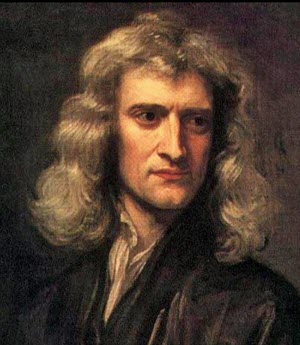
Sir Isaac Newton FRS PRS (25 December 1642 – 20 March 1726/27 was an English mathematician, physicist, astronomer, theologian, and author (described in his own day as a "natural philosopher") who is widely recognised as one of the most influential scientists of all time, and a key figure in the scientific revolution. His book Philosophiæ Naturalis Principia Mathematica ("Mathematical Principles of Natural Philosophy"), first published in 1687, laid the foundations of classical mechanics. Newton also made seminal contributions to optics, and shares credit with Gottfried Wilhelm Leibniz for developing the infinitesimal calculus.
|
| 10 | 1653 | - 16 Dec 1653—3 Sep 1658: Oliver Cromwell's Protectorate
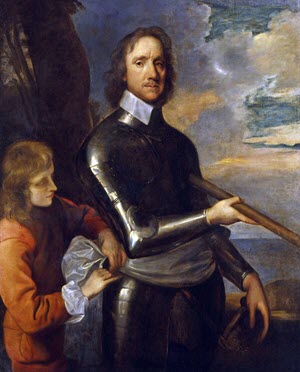
Oliver Cromwell (25 April 1599 – 3 September 1658) was an English military and political leader. He served as Lord Protector of the Commonwealth of England, Scotland, and Ireland from 1653 until his death, acting simultaneously as head of state and head of government of the new republic.
Cromwell was one of the signatories of King Charles I's death warrant in 1649. He died from natural causes in 1658 and was buried in Westminster Abbey. The Royalists returned to power along with King Charles II in 1660, and they had his corpse dug up, hung in chains, and beheaded.
|
| 11 | 1657 | - 1657: Edmond Halley born

Edmond Halley was a British astronomer and mathematician, known for calculating the orbit of Halley’s Comet. He went St Helena to make a list of the southern stars. He created a catalogue of 341, which he published as ‘Catalogus Stellarum Australium’. It instantly established him as a leading astronomer, earning him a fellowship at the Royal Society and a M.A. degree from Oxford
|
| 12 | 1658 | - 3 Sep 1658—7 May 1659: Richard Cromwell's Protectorate
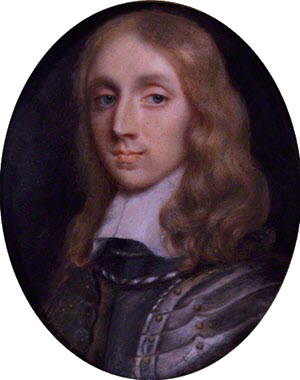
Richard Cromwell (4 October 1626 – 12 July 1712) became the second Lord Protector of England, Scotland and Ireland, and was one of only two commoners to become the English head of state, the other being his father, Oliver Cromwell, from whom he inherited the post on his father's death. But but he lacked authority and he formally renounced power nine months after succeeding. Without a king-like figure, such as Oliver Cromwell, as head of state the government lacked coherence and legitimacy.
Although a Royalist revolt was crushed by recalled civil war figure General John Lambert, who then prevented the Rump Parliament from reconvening and created a Committee of Safety, he found his troops melted away in the face of General George Monck's advance from Scotland. Monck then presided over the Restoration of 1660.
|


